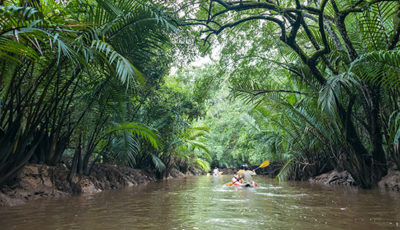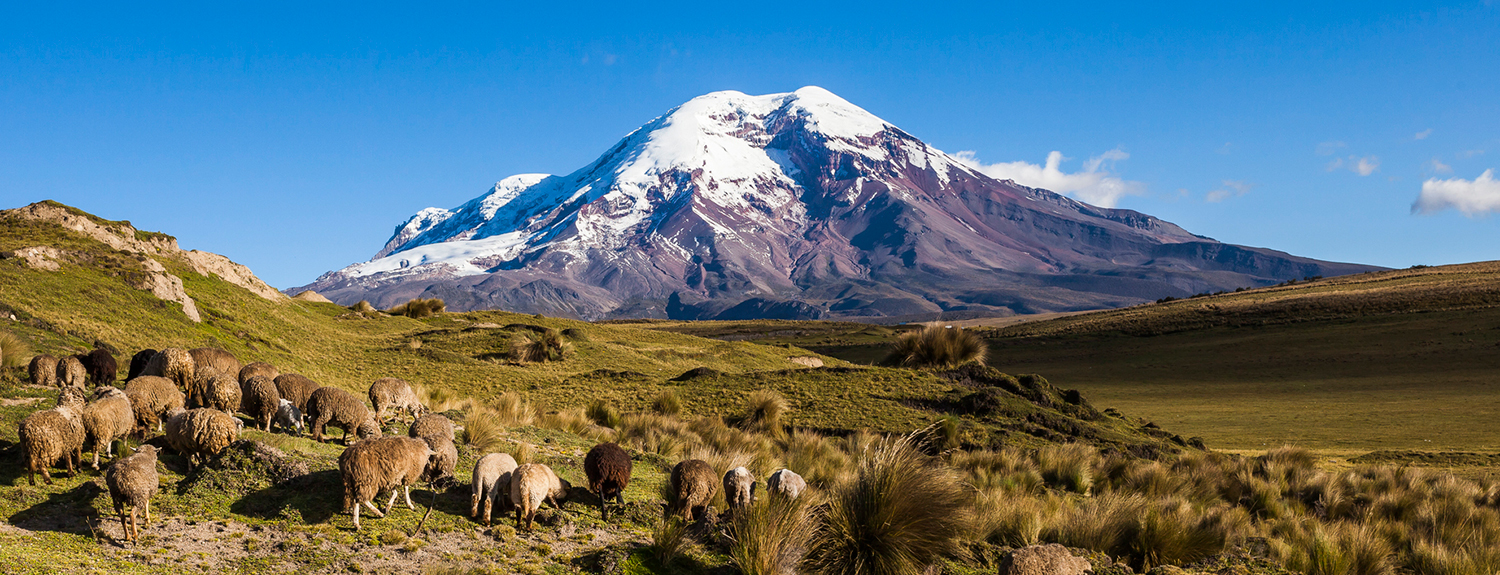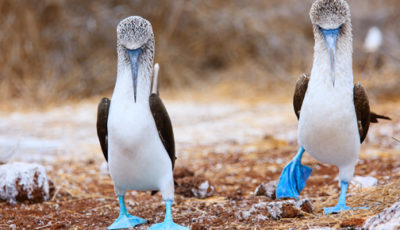Visit the most iconic locations of Ecuador on this exclusive experience.

Experts in socially responsible luxury travel. We design travel experiences that support conservation and local communities without skimping on comfort.

Ecuador features culturally rich highlands and extensive national parks, beckoning to be explored.
We invite you to explore extraordinary landscapes, sample local flavors, and listen to the rhythmic sounds of the rainforest. Visit Quito, Otavalo, and the Amazon Basin, some of the most iconic locations in Ecuador, and meet indigenous communities who have preserved their customs and traditions for generations.
The Galápagos Islands, one of Latin America’s most family-friendly destinations, is an animal lover’s dream. Keep the kids entertained with the high-energy activities while introducing them to the importance of being a socially responsible traveler. Learn about the islands’ singular animal life, such as flightless cormorants, Galapagos flamingos, Galapagos penguins, giant tortoises, and the land iguana, while enjoying eco-friendly family experiences.
Best times to visit Ecuador and the Galapagos
For dry season: June - September
For calm waters around the Galapagos: January - May
For South American festivities: October - December

Visit the most iconic locations of Ecuador on this exclusive experience.

From the Andes to the rainforests, travel through the incredible diversity of Ecuador.

Explore, learn, and have fun with this unique and exciting kid-oriented Galapagos Safari!
Sign up for the inside scoop on new destinations, family tips, and much more.
